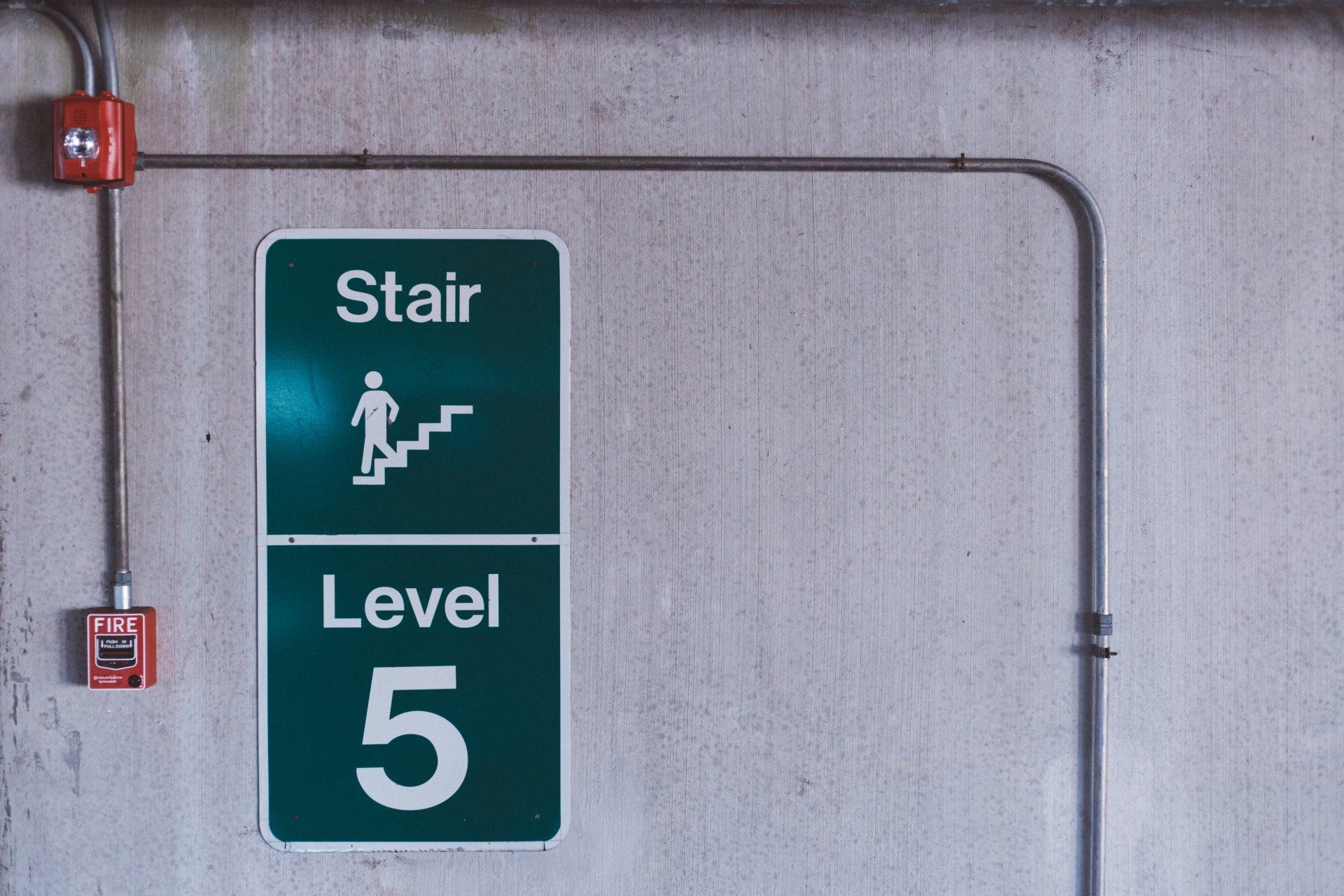The Building Safety Act - January 2023
The Building Safety Act - January 2023
New Legislation and Regulation
The Fire Safety (England) Regulations 2022 (FSR) came into force in January 2023 and introduce new duties under the Fire Safety Order for building owners or managers (responsible persons).
The regulations provide information for three distinct areas:
- High-rise residential buildings that are 18 metres or more above ground level
- Multi-occupied buildings over 11 metres in height
- All residential buildings
Although the FSR does not contain specific timeframes for compliance, there is no introductory period; therefore, obligations under this new legislation will immediately become legally enforceable under the Regulatory Reform Fire Order (RRFO).
High Rise Residential Buildings (HRRB) requirements
Information Box
In an effort to improve the available information for an HRRB, the responsible person must install a secure information box to hold the information required by the FSR and ensure that it is easily accessible to the fire service.
The information box must be inspected annually to ensure it remains secure and contains the necessary information:
- Details of the responsible person and any person authorised by the responsible person who has access to the building as part of their role in managing the facilities within the building
- A record of the design and construction of the external wall systems on the building including details of the materials used
- A copy of the fire risk assessment undertaken in respect of the building generally, as well as for the purposes of the Fire Safety Act 2022. Where those assessments identify a risk in the external wall system, details of the mitigation measures in place to reduce that risk must also be set out. Where there is a significant change to the external wall system the risk assessment(s) will need to be updated.
- Detailed floor plans showing the location of all passenger and firefighting lifts (where these are present) along with the location of all firefighting equipment within the building (wet and dry risers, sprinkler and smoke control systems).
Where each floor plan is the same, the plan will have to make clear the floors to which it applies. If the floor plans are not the same, all differences will need to be included in the plan.
In addition to the floor plan, the responsible person must prepare a single page building plan that is designed to provide the fire service with an ‘at a glance’ summary of all the main firefighting information.
It must include:
- The environs of the building
- Details of the use of the building, for example for commercial or residential purposes
- Access for fire and rescue appliances
- The dimensions of the building
- Information on the number of storeys of the building and the number of basement levels (if any)
- Information regarding the presence of maisonettes or scissor section flats
- Inlets for dry-rising mains
- Inlets for wet-rising mains
- The location of shut-off controls for any sprinklers
- Access points for the building
- The location of the secure information box
- The location of the controls for any smoke control system
- The location of any firefighting shaft
- The location of main stairways in the building
- The location of the controls for any evacuation alert system
Where there is a change of layout within the building, the floor and building plans must be updated. In addition to being physically placed in the information box, this information must also be sent to the fire service electronically.
Lifts and Essential Fire Fighting Equipment
Every month the responsible person must undertake a written check of the firefighting lift within the building, along with the wet and dry risers, the sprinkler and smoke control systems, the common alarm systems and door closers linked to them. Where any issue is identified with these, it must be rectified as soon as possible. Where it cannot be rectified with a 24-hour period following discovery, the responsible person must report the fault by email to the fire services and then confirm again by email when the fault has been rectified.
Wayfinding Signage
The responsible person must ensure that the building contains clear marking identifying the floor number and the number of each residential dwelling. The markings must be visible in low level conditions or when illuminated by a torch.
Fire Doors
In addition to carrying out a fire risk assessment in accordance with the Fire Safety Act (that includes fire doors), the responsible person for a HRRB and any building above 11 metres must undertake a written annual check of the fire doors to entrances of domestic premises. Where access cannot be obtained to an individual dwelling, the written record must explain the steps taken to try and obtain access. The responsible person must also check every fire door between the communal parts of the building every three months. For both categories of fire door, it is a specific requirement to check that self-closers are present and working.
For all three categories of building, the responsible person must provide residents with relevant fire safety instructions (i.e. not to disturb self-closers etc., or to prop open communal fire doors) along with information about the importance of fire doors.
For more information on this, or any other health and safety matter, please click here to contact us.













